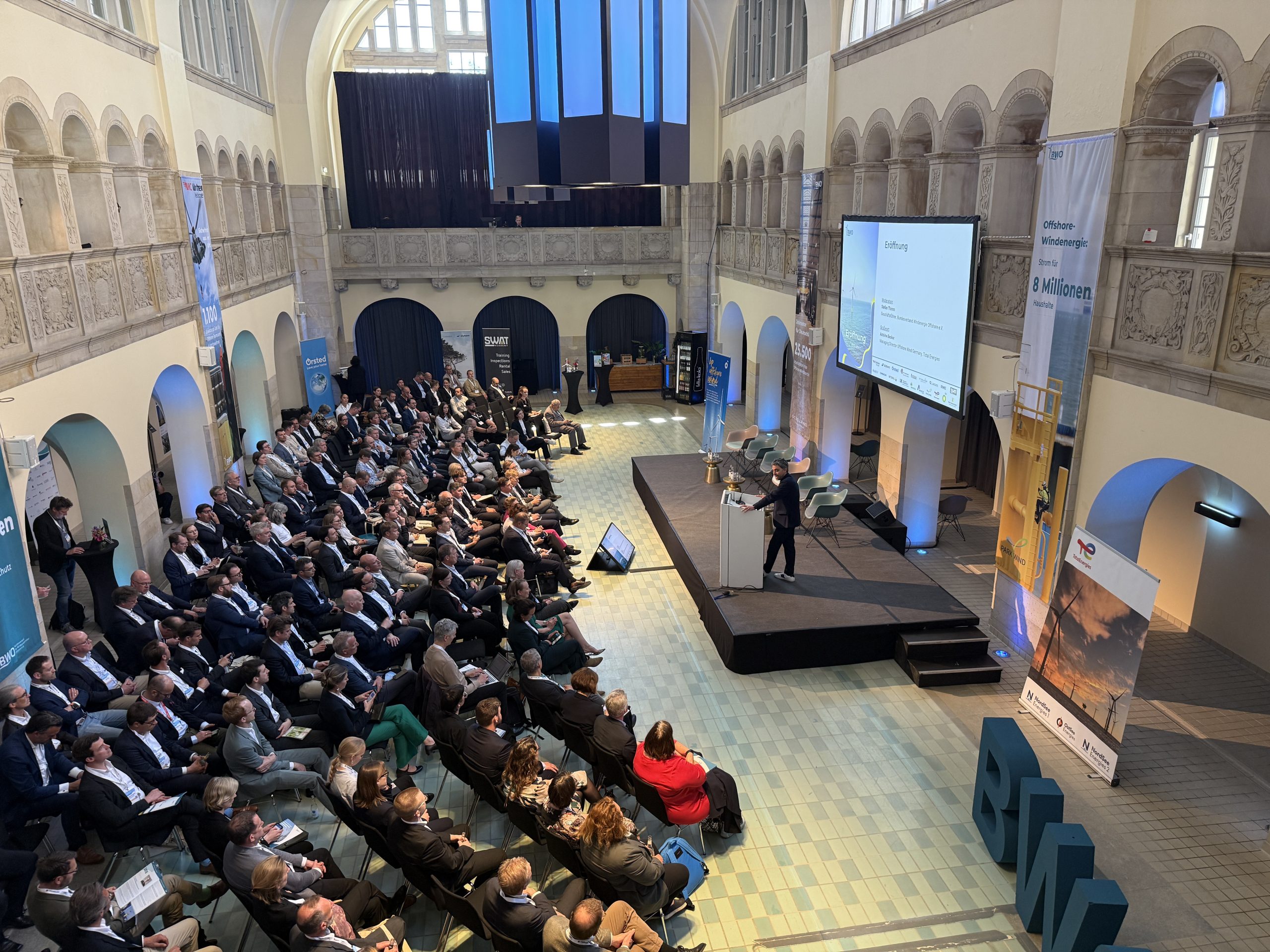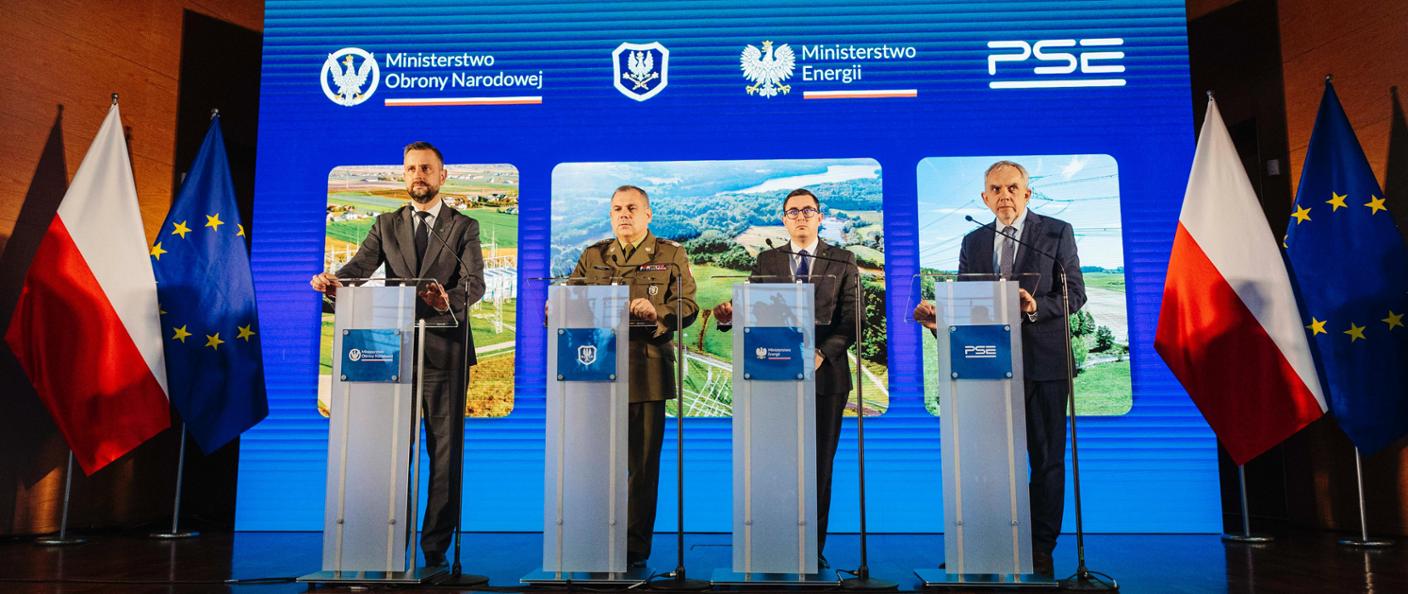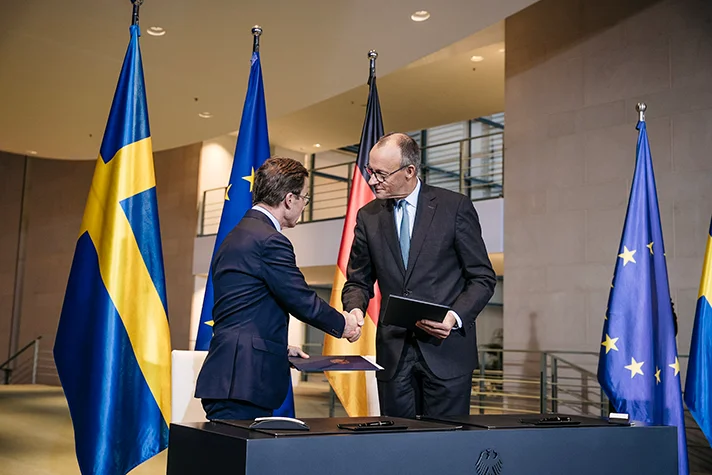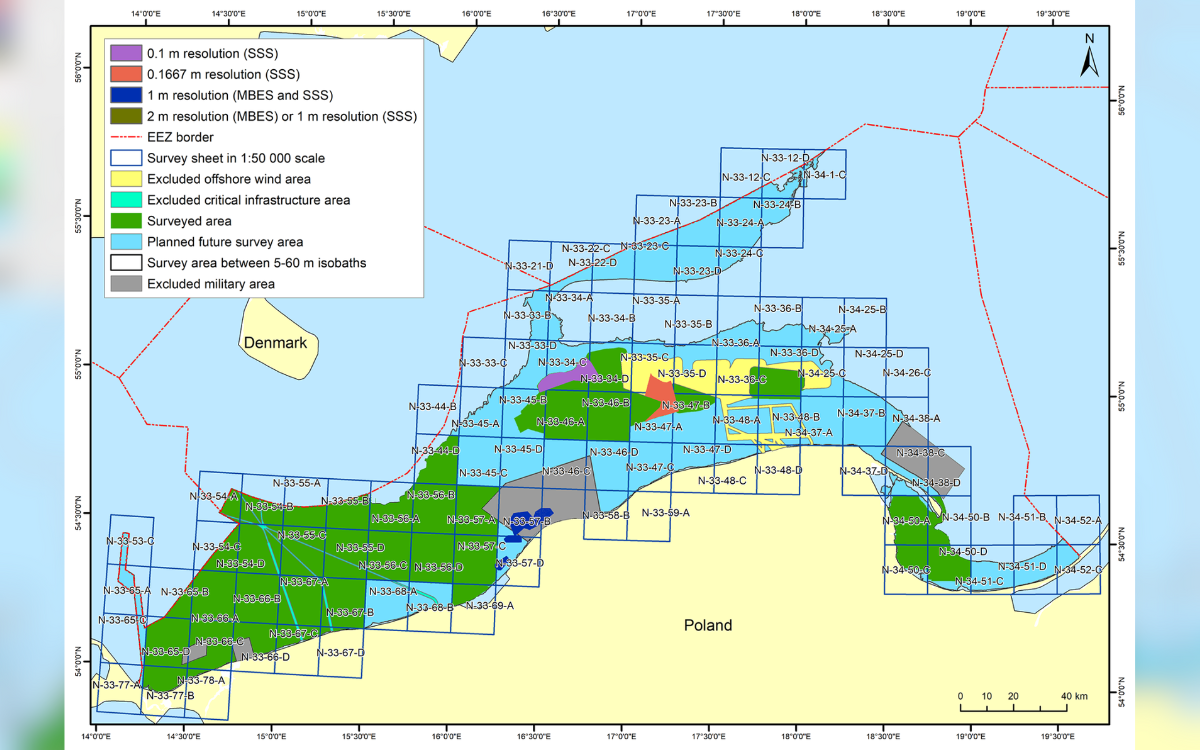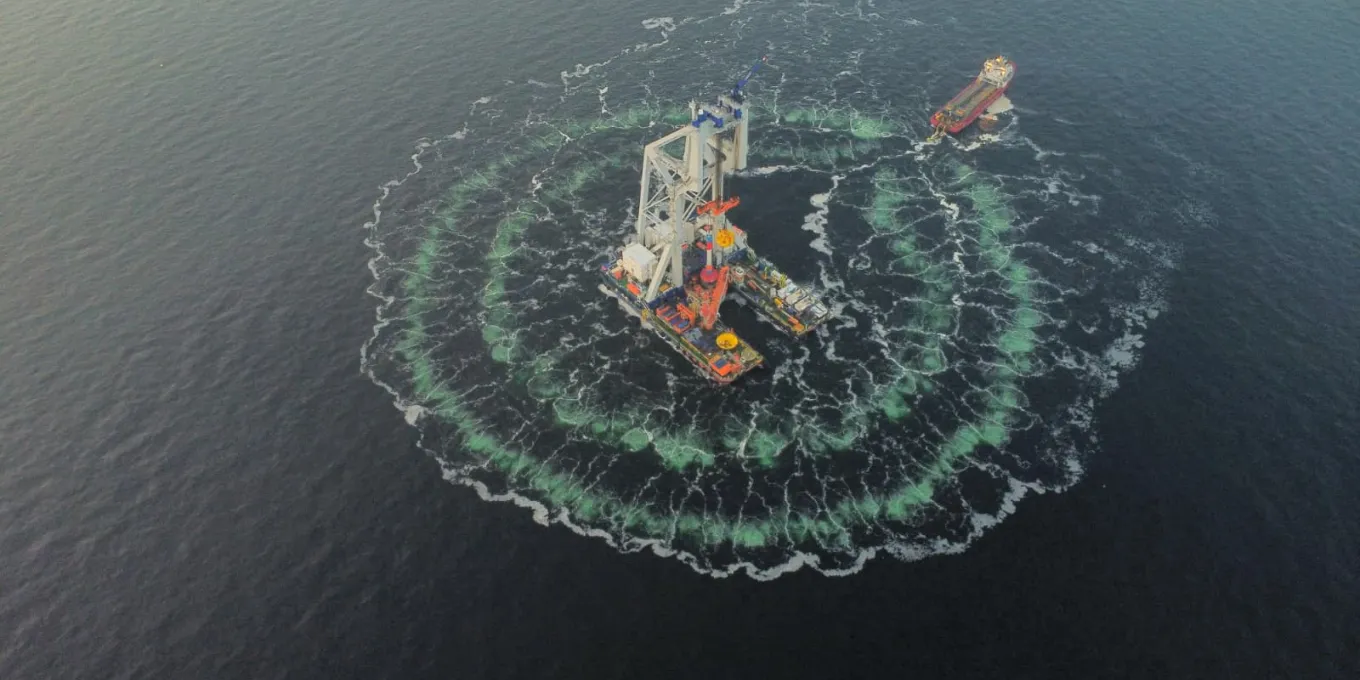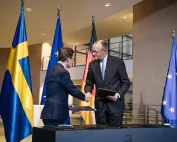At the start of this year’s industry conference in Berlin, “Zukunft Offshore” the German Offshore Wind Energy Association is formulating its demands for the new federal government in Germany. These include not changing the fixed auction volumes for offshore wind energy until 2030 and maintaining the expansion target of at least 40 GW by 2035. BalticWind.EU is a media partner of the conference.
BWO advocates for a reliable framework for investments – through bilateral contracts for difference (CfDs) as a compensation model alongside long-term power purchase agreements (PPAs). To finance port expansion, the federal government should establish a special program within the Joint Task “Improving Regional Economic Structures (GRW).” Such a GRW special program, “Ports for the Energy Transition,” could be financed, among other things, from offshore wind auction revenues.
“Anyone who wants cost-efficient energy supply security as well as industrial value creation and climate protection must invest now in networks, ports and production capacities,” says Irina Lucke, CEO of the BWO. “Many companies in Europe are prepared to invest massively – but they need clear expansion paths,” Lucke continued.
“We need a stable political framework – no back and forth on expansion targets in line with legislative cycles,” adds BWO Managing Director Stefan Thimm. “Only if the government stays the course can offshore wind trigger billions in investments in production, logistics, and grid infrastructure in Europe.”
Future offshore 2025
The German Offshore Wind Energy Association (BWO) is hosting the “Future Offshore 21” conference in Berlin on May 22 and 2025, 2025. Over 300 guests, more than 50 panelists, and representatives of political and international institutions from Germany, Belgium, the United Kingdom, Norway, and Sweden will participate. The event is the largest German-language conference on offshore wind energy and serves as a central exchange platform for companies, academia, administration, and politics. A special highlight this year is the ceremony marking the 15th anniversary of offshore wind energy in Germany.
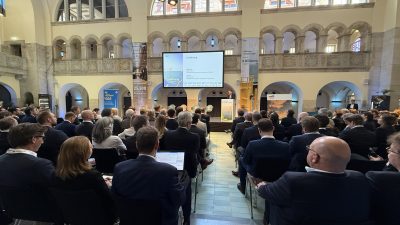
15 years of offshore wind energy in Germany
Fifteen years ago, Germany’s first offshore wind farm, the Alpha Ventus test field, went online. The industry, together with long-time partners, looks back on key milestones. The special issue, featuring interviews with 15 personalities, each representing a year of offshore wind energy, is available for download: 15 years of offshore wind in Germany.
Study on porpoises presented
The conference will be accompanied by a presentation of the new BWO study on the behavior of harbor porpoises during the operational phase of offshore wind farms in the North Sea. The study sheds light on the behavior of the animals in and around offshore wind farms, as well as the development of their population in the German Bight. The study shows that offshore wind farms are a preferred habitat for the marine mammals, and that the harbor porpoise population in the North Sea has remained largely stable over the 13-year study period.
Offshore wind energy in Germany
As of December 31, 2024, 31 offshore wind farms with a total of 1.639 turbines and a capacity of 9,2 gigawatts were in operation in Germany – 7,4 gigawatts in the North Sea and 1,8 gigawatts in the Baltic Sea. In 2024, 73 new turbines with a total capacity of 742 megawatts were added. In 2025, two additional wind farms, Borkum Riffgrund 3 and He Dreiht, each with a capacity of 900 megawatts, are scheduled to come online. He Dreiht will be the first site in Germany to install 15-megawatt turbines. The industry employs approximately 25.000 people.
